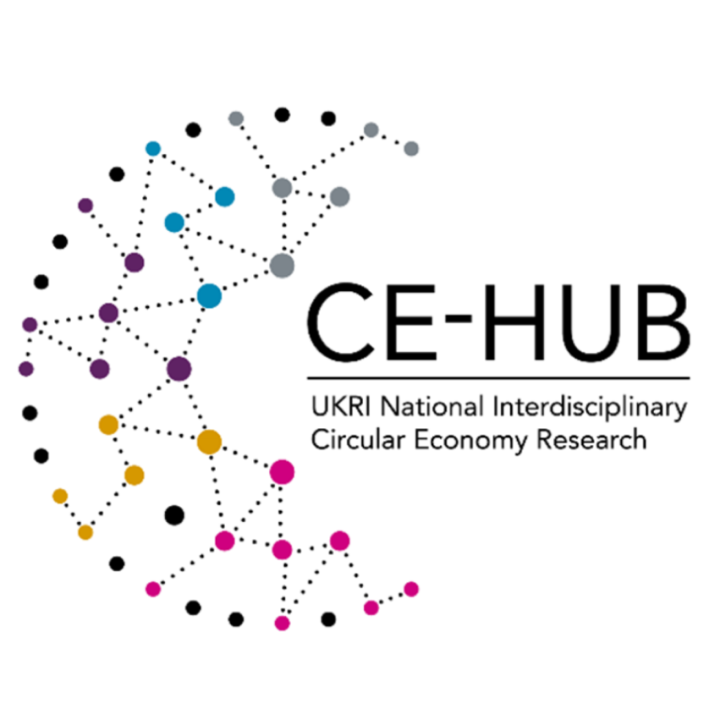2021, C-Hub Team
MEASURING CIRCULAR ECONOMY IMPLEMENTATION AND PERFORMANCE THROUGH KPIs
CE-Hub, 2023
As interest in Circular Economy (CE) has grown, the number of questions about its potential costs, benefits, and real-world impacts has also risen. This has led to a proliferation of research papers analyzing a vast number of motivations, definitions, classifications, and visual representations of CE.
The scope and scale of CE implementation can be categorized at different levels of aggregation, such as material, product, firm, value chain, sector, national, and international. This involves accounting for varied economic, social, and environmental costs, benefits, and impacts. As a result, many different key performance indicators (KPIs) and metrics have been proposed to support different activities, including:
- Measurement, monitoring, and evaluation of the current linear ‘take-make-waste’ economy.
- Defining and measuring more circular target states.
- Specifying the actionable steps various actors could take to reach those targets.
The role and importance of KPIs and measurement are relevant to internal and external stakeholders to provide accountability for CE claims, build a robust scientific evidence base, and avoid cherry-picking isolated aspects of a product or organizational behavior and claiming positive ‘circularity’. Adopting new forms of circular-related KPIs promotes the interactions and negotiations of various organizational actors (Bridwell-Mitchell, 2016), thus coupling society-centric concerns with internal or business-centric practices (Wickert, 2021; Gond et al., 2017).
Typical inquiries and questions about the definition, selection, and application of KPIs for CE include:
- Agreement/recommendation on the best KPIs to measure progress towards circularity and the required interventions.
- Which KPIs and processes are found to be effective in driving internal change and action?
- Examples of CE monitoring and evaluation frameworks to connect activities and interventions at different scales/transferable across the entire value chain.
- How to ensure KPIs remain aligned with the guiding principles of CE.
- What financial metrics are used to demonstrate the business case for CE?
- How to account for non-financial direct and indirect environmental and social impacts?
- What relevant data is accessible, reliable, and dynamic (can be managed in real-time) enough to underpin KPIs?
- Scope of accountability of chosen measures of success.
In this short CE-Hub working paper, we describe some recent developments and provide illustrative examples of approaches to CE KPIs. Our intention is to signpost and inform discussions among policy, industry, and academic researchers interested in CE KPIs and their practical application. From this, we conclude the need for a more systematic taxonomic approach to CE KPI development, aligned to the guiding principles of CE at multiple measurement points, at different scales, and across whole-system endeavors. This framework will be set out in a forthcoming accompanying paper.
Please download the full paper below…







